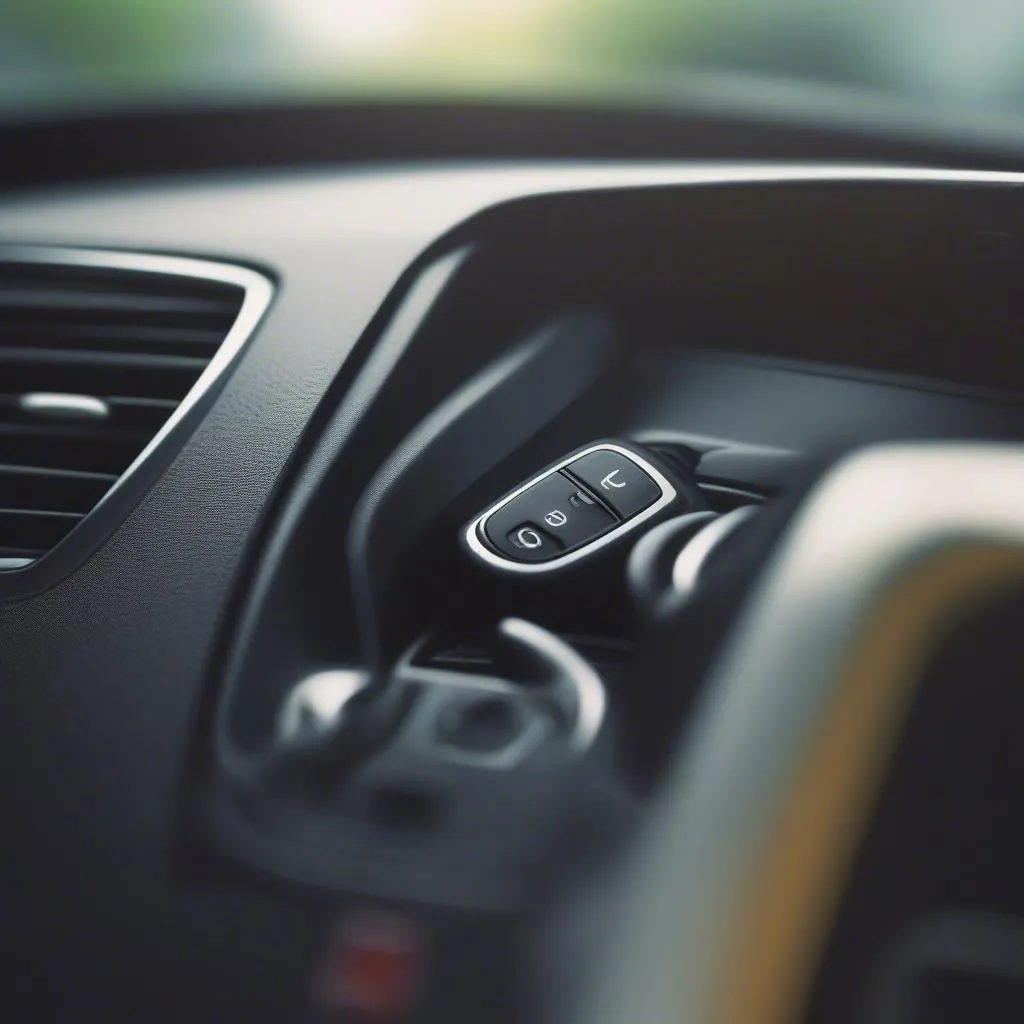A vehicle’s battery is its lifeline, and when it starts to drain unexpectedly, it can be incredibly frustrating. While a dead battery might seem like a simple inconvenience, the culprit is often a more complex issue: parasitic battery drain. This occurs when components in your vehicle continue to draw power even when the car is off, slowly depleting your battery over time.
Understanding Parasitic Draw
Every vehicle has a normal parasitic draw, accounting for things like the clock, security system, and some computer modules. However, a problem arises when this draw becomes excessive. A parasitic draw exceeding 50 milliamps is generally considered problematic and can lead to a dead battery, especially after sitting idle for a few days.
“Many car owners don’t realize that even small electrical components can become parasitic drains if they malfunction,” says John Miller, a seasoned automotive electrician. “A seemingly insignificant issue, like a faulty glove box light switch, can surprisingly drain your battery over time.”
Common Causes of Parasitic Battery Drain
Identifying the source of the drain is crucial. Here are some of the most common culprits:
- Faulty Alternator: While the alternator charges the battery when the engine runs, a failing one can actually drain it when off.
- Bad Battery: An aging or damaged battery may not hold a charge effectively, mimicking the symptoms of a parasitic drain.
- Electrical Components: Malfunctioning interior lights, glove box lights, trunk lights, faulty door switches, and even aftermarket stereos can contribute to excessive draw.
- Wiring Issues: Damaged or corroded wiring can create unwanted pathways for electricity, leading to parasitic drain.
- Software Issues: In modern vehicles, software glitches can sometimes prevent certain modules from fully powering down, causing a constant drain.
Diagnosing the Drain: A Step-by-Step Guide
Finding the source of the parasitic drain often involves a systematic approach. Here’s a simplified guide:
- Confirm the Drain: Begin by confirming that the battery is indeed draining too quickly. You can use a multimeter to check the battery voltage after the car has been sitting idle for a few hours.
- Check the Battery First: A simple battery test can rule out a faulty battery as the primary culprit. If the battery checks out, move on to the next steps.
- Measure the Parasitic Draw: This involves connecting a multimeter in series with the battery’s negative terminal and systematically removing fuses one by one while monitoring the amperage reading. A significant drop in amperage when a specific fuse is removed indicates the circuit containing the parasitic drain.
- Isolate the Culprit: Once the problematic circuit is identified, inspect individual components within that circuit for faults.
- Consult a Professional: If you are uncomfortable working with electrical systems or struggle to pinpoint the source of the drain, it’s always best to consult a qualified automotive electrician.
Preventing Parasitic Battery Drain
While some causes require professional attention, here are some preventative measures:
- Regular Vehicle Maintenance: Routine checkups can help identify potential issues early on, including battery health and electrical system integrity.
- Mindful Electronics Use: Avoid leaving interior lights on for extended periods, and ensure accessories like phone chargers aren’t left plugged in when the vehicle is off.
- Promptly Address Issues: If you notice any electrical issues, such as flickering lights or malfunctioning accessories, address them immediately to prevent them from escalating into battery drain problems.
Conclusion
Parasitic battery drain can be a persistent issue, but by understanding its causes and following a systematic approach to diagnosis, you can often pinpoint the culprit. Whether it’s a simple fix or requires the expertise of a professional, addressing the drain promptly can save you from the inconvenience and potential dangers of a dead battery. For more insights into battery-related issues, check out our articles on maximum parasitic draw and how to diagnose parasitic battery drain. Remember, a healthy battery translates to a healthy and reliable vehicle.

